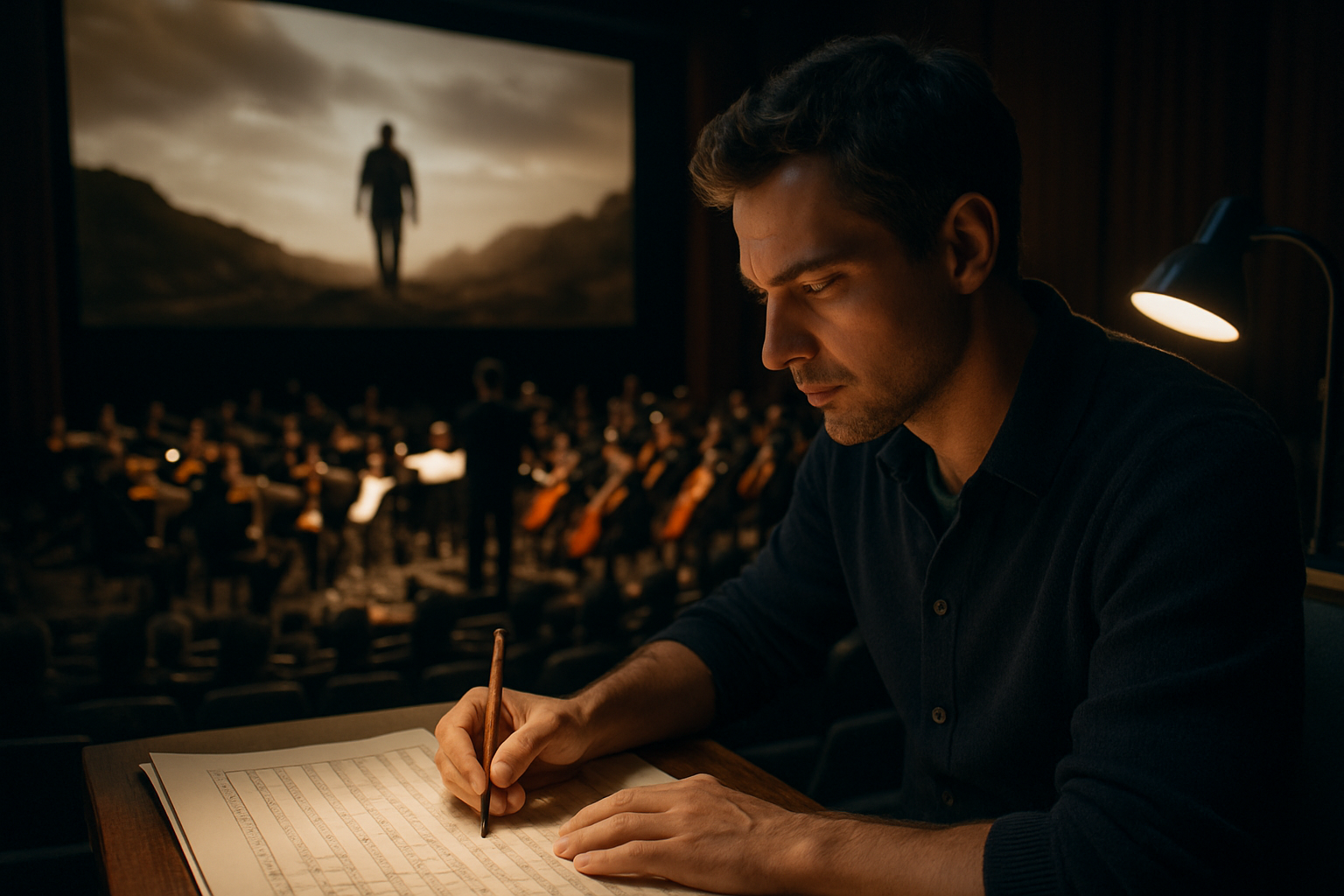How AI Tools Are Transforming Creative Production Workflows
Artificial intelligence is reshaping how creative teams plan, produce, and distribute cultural work across cinema, music, theater, galleries, and live events. From automating routine production tasks to enabling new forms of audiovisual experimentation, AI is becoming a practical tool in studios, rehearsal rooms, and exhibition spaces worldwide.

AI is moving from experimental curiosities into everyday parts of creative production workflows. In film and audiovisual work, algorithms assist with tasks like script analysis, shot logging, and basic editing passes. In music and performance, tools generate sketches, suggest arrangements, or help convert notated ideas into playable demos. Galleries and exhibitions use machine-learning systems to analyze visitor patterns and tailor multimedia installations. These changes do not replace human creativity but reframe where time and attention are spent, helping professionals focus on higher-level artistic choices.
How are AI tools used in film and audiovisual production?
AI tools support preproduction, production, and postproduction in film and audiovisual projects. During script development, natural language processing can summarize drafts, flag continuity issues, or suggest character beats. On set, computer vision assists with shot framing, continuity checks, and metadata tagging, while postproduction uses AI for tasks such as color grading suggestions, automated rough cuts, and noise reduction. These tools speed repetitive tasks and allow smaller teams or indie creators to produce more polished results with fewer resources.
Many filmmakers combine AI-assisted rough edits with human editorial judgment: an automated assembly can surface candidate takes, but editors still make narrative and rhythmic decisions. AI-driven restoration and upscaling also extend the lifespan of archival footage, making preservation and re-release more feasible for smaller archives and independent producers.
What impacts does AI have on music, composition, and live performance?
In music, AI systems offer composition aids, style transfer, and arrangement suggestions that producers and composers can use as starting points. Generative models can create motifs, suggest harmonies, or produce demo tracks, speeding ideation. For live performance and choreography, real-time AI can respond to movement or sound, driving lighting, visuals, and interactive set pieces that adapt to performers.
These applications change collaboration models: artists often treat generated material as raw material to shape, altering workflows so that ideation, curation, and editorial decisions become central. AI can also provide accessible tools for creatives with limited formal training, lowering technical barriers while raising questions about authorship and attribution.
How are galleries, exhibitions, and installations integrating AI?
Curators and exhibition designers employ AI for audience analytics, content personalization, and interactive installations. Recommendation systems and visitor-flow analysis help design exhibitions that respond to how people move through space, while generative visuals and soundscapes create evolving installations that change with visitor interactions.
AI-driven tools enable small cultural institutions to offer immersive experiences previously reserved for larger venues. At the same time, curators must consider ethical issues like data privacy, the environmental impact of compute-heavy models, and the interpretive transparency of algorithmic systems in cultural settings.
How does AI influence theater, choreography, and performance design?
Theater practitioners use AI to prototype set designs, map lighting interactions, and generate textual prompts for improvisation. Choreographers experiment with motion-capture fed into generative models to explore novel movement phrases or to visualize kinesthetic data as real-time projection. For production teams, AI-driven scheduling and resource planning reduce administrative overhead, enabling more time for rehearsal and creative refinement.
In performance contexts, AI often acts as a collaborative partner: it suggests possibilities rather than dictating outcomes. This collaborative framing helps maintain artistic agency while leveraging computational creativity to expand practical options and scale complex technical setups.
What are practical considerations for integrating AI into creative workflows?
Adoption requires clear processes for validation, quality control, and attribution. Creative teams should test tools on small projects, establish file and metadata standards, and set review checkpoints where human judgment overrides automated suggestions. Intellectual property, licensing of model outputs, and transparency about AI use in public-facing materials are essential considerations for professional practice.
Technical infrastructure—storage, compute, and integration with existing editing or production software—matters. Teams should weigh costs and environmental footprint against time savings and creative benefits, choosing tools and service levels that match project scale.
Conclusion AI tools are reshaping how creative production workflows operate across film, music, theater, galleries, and live events by automating routine tasks, offering new ideation methods, and enabling interactive experiences. The technology expands practical capabilities but also introduces ethical, legal, and logistical questions that creative teams must manage. When integrated thoughtfully, AI can free practitioners to devote more attention to artistic decisions and to experiment with forms that were previously difficult to realize.





